The American Mercedes

No, I’m not talking about the cars and SUVs that Mercedes assembles in Alabama. Yesterday, Jack Baruth told us about the relationship between the American Steinway and German Daimler companies and the cars that Steinway started assembling under license from Mercedes in 1905. When I read Jack’s article I remembered that I had something in my collection of press kits, sales brochures, images and and assorted swag (with apologies to Mr. Zimmerman) that I’ve been accumulating for the past decade or so of working the press previews for the Detroit, Chicago and Toronto auto shows. In 2006 Mercedes Benz distributed a reproduction of a reproduction. It’s actually a very cool little piece of automobilia and a nice facsimile of a historical artifact, in a couple of ways.
It’s a small booklet, less than 40 pages, called The American Mercedes. It was originally distributed in 1906 by the Daimler Mfg. Company, on Steinway Ave. in Long Island City, and promotes the 1906 45 horsepower “American Mercedes”. It was reproduced in the early 1960s, and the copy M-B gave out in 2006 had a 1961 afterword and an insert from 1964. The whole package is chock full of historically interesting aspects.
To begin with, before we get to the original 1906 text and illustrations, it’s interesting to look at the afterword and insert from the 1960s. The company distributing the booklet then was called Mercedes-Benz Sales, Inc. Just as the address of the Daimler Mfg. Co. on Steinway Avenue is significant, so is the address of M-B Sales Inc. on South Main Street in South Bend, Indiana. South Bend, of course, was the home of Studebaker. The Studebaker Museum is there, and from Earth orbit you can still see the trees that spell STUDEBAKER at the former Studebaker test track near Bendix Woods west of South Bend.
Mercedes-Benz Sales Inc. was a subsidiary of Studebaker-Packard, who had acquired the US import and distribution rights for M-B cars in 1957. Looking over the copy from the 1961 and 1964 editions, it’s truly remarkable how the Mercedes brand went from almost non-existent in the US to a leading luxury brand. The 1961 afterword discusses how there were only 32 M-B cars registered in the US in 1952, climbing to 3,446 in 1957, when Studebaker started distributing them and expanding the M-B dealer network. By 1961, sales had risen to almost 13,000 units a year. M-B Sales pointed out that number was exceeded by “only two small, inexpensive imported automobiles”, and that there were 60,000 satisfied American owners of M-B products. I’m supposing that those two cars were undoubtedly the VW Beetle and most likely the Renault Dauphine, which had some measure of success in the late ’50s and early ’60s. There were 350 dealers and a network of parts warehouses to service them. The “less than $4,000” price for a Merc in 1961 was pitched as representing “very good value indeed”.
The insert from 1964 mentions the story Jack related about William Steinway’s 1888 trip to Germany and his ride in one of Gottlieb Daimler’s quadricycles and the history of the US Daimler Manufacturing Company and the cars they assembled. It talks of similarities and differences between the brass age Mercedes and the then modern 90 HP models, and of course it stresses Daimler and Benz’s roles in the invention of the automobile and Mercedes-Benz’s reputation for engineering and quality. In three years registrations increased to 90,000, which means that there was a slight downturn in annual sales from the ’61 figures.
The booklet itself is a great look at the dawn of the automobile age, early advertising and some American culture as well. The cover says The American Mercedes above the Daimler Manufacturing Company’s logo, which appears to have combined German and American eagles into a single crest. The brochure is illustrated with very nicely executed drawings of the car and major components, and stresses the high level of quality of the Steinway made American Mercedes. Of note is the fact that the brochure stresses that all critical components of the car were made from imported German ores and steel, not what they regarded as inferior American metal with less strength and greater weight. It also stresses that the car would be “an exact reproduction of the … foreign Mercedes”. It would still be a couple of years before master machinist Henry Leland would make Cadillac the standard of the world and change the reputation of American automotive engineering. Though it touted the car’s European origins, the brochure stressed that the royalty they were paying the Daimler company was less than import duties would be on the same car if imported from Germany. From the earliest days to today’s “transplant” assembly facilities, local production has often made economic sense. The text is much more technically detailed than promotional materials would be today, but then in 1906 you had to be a genuine auto enthusiast and pretty decent mechanic just to drive a car and keep it running.
The 45 HP American Mercedes was a large car, built for seven passengers, available in two lengths, with wheelbases of 3225mm (127″) and 3279mm (129″). For comparison purposes, that’s in mid 1970s Cadillac and Lincoln territory. The larger car had a body 8″ longer than the shorter wheelbase car. Red was the standard color but the company offered custom colors.
CARS are furnished with all necessary equipment, such as tools, tire repair kit, horn, two oil sidelights, to gas head lights and one tail light, etc. There is also included an assortment of the spare parts more frequently needed, such as chain link valve and igniter springs, igniter electrodes and piston rings. Price with Standard Equipment, $7,500 F.O.B. New York City.
It’s a fascinating look at early automobile ownership and it’s worth reading the whole thing. There’s no copyright issue anymore, it’s long since passed into the public domain, so I scanned the entire booklet as well as the insert and you can see it in the gallery below.
Note: The TTAC photo gallery player doesn’t always work well. I’ve also put up a post on Cars In Depth with a Flash player that actually works and plays the images in proper order.

Ronnie Schreiber edits Cars In Depth, the original 3D car site.
More by Ronnie Schreiber
Latest Car Reviews
Read moreLatest Product Reviews
Read moreRecent Comments
- Michael Gallagher I agree to a certain extent but I go back to the car SUV transition. People began to buy SUVs because they were supposedly safer because of their larger size when pitted against a regular car. As more SUVs crowded the road that safety advantage began to dwindle as it became more likely to hit an equally sized SUV. Now there is no safety advantage at all.
- Probert The new EV9 is even bigger - a true monument of a personal transportation device. Not my thing, but credit where credit is due - impressive. The interior is bigger than my house and much nicer with 2 rows of lounge seats and 3rd for the plebes. 0-60 in 4.5 seconds, around 300miles of range, and an e-mpg of 80 (90 for the 2wd). What a world.
- Ajla "Like showroom" is a lame description but he seems negotiable on the price and at least from what the two pictures show I've dealt with worse. But, I'm not interested in something with the Devil's configuration.
- Tassos Jong-iL I really like the C-Class, it reminds me of some trips to Russia to visit Dear Friend VladdyPoo.
- ToolGuy New Hampshire



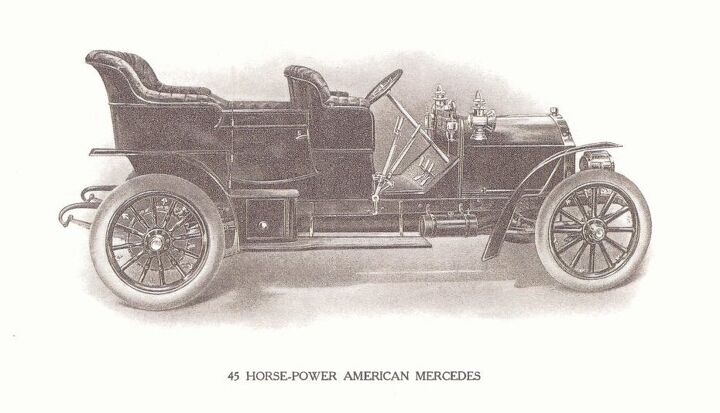


























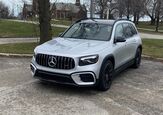







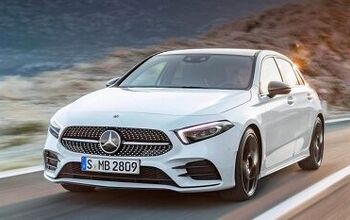

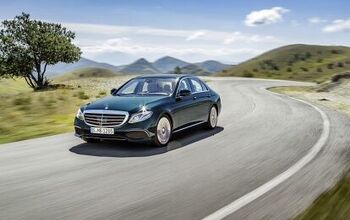
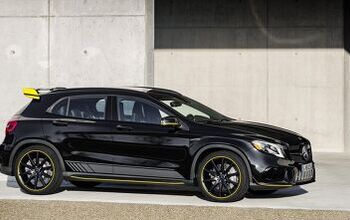
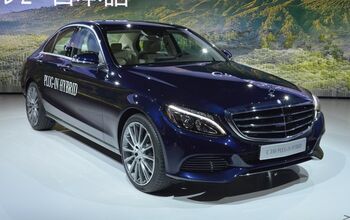











Comments
Join the conversation
"it’s truly remarkable how the Mercedes brand went from almost non-existent in the US to a leading luxury brand. " Ratchet up the calendar about 30 years and substitute Lexus for Mercedes. I guess there's nothing new under the sun.
Nice to see a write up about the American Mercedes. The illustrator for the original booklet was named Harold Osinga and he drew all of the drawings while a student at the Armour Institute of Technology. I have his original copy of the booklet. I also have the domain name www.americanmercedes.com. Check it out. Let me know if anyone is interested in acquiring either or both. Thanks.